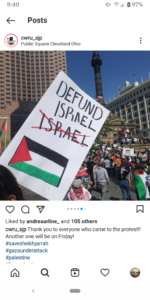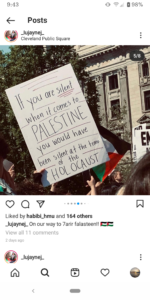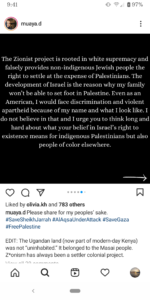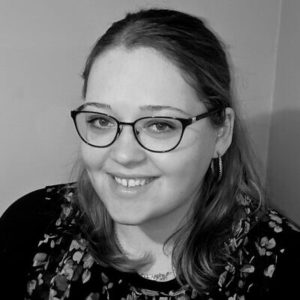In an age when social justice has developed into a herd mentality, anti-Zionists are victims of the All-Or-Nothing Fallacy — a false dilemma suggesting there are only two possible options when really there are many. While accusing the other side of perpetuating false information and pushing an agenda that hurts minorities, the spread of misinformation and the proliferation of violent protests by anti-Israel activists are results of the logical fallacy that one cannot be pro-social justice if one is not also anti-Israel.

At Case Western Reserve University, students are incessantly subject to this logical fallacy by the group Students for Justice in Palestine (SJP). The social media pages of Case Western Reserve University students were bombarded with antisemitic messages during the recent Sheikh Jarrah debacle this Spring. After two weeks of protesting in Cleveland’s Public Square — protests that forced Kosher restaurants and Jewish places of worship in the area to request extra security and the employees to fear for their safety — the Case Western Reserve University still refused to publicize messages directed towards its Jewish students condemning the steep rise in antisemitism due to the demonization and delegitimization of the Jewish state. The same students participating in these protests, or harassing Jewish students for no reason other than their ethnicity, are the same students broadcasting their social justice efforts.

College campuses are no stranger to this. For example, a 2015 New York Times piece noted that “College activists favoring divestment [from Israel] have cast the Israeli-Palestinian conflict as a powerful force’s oppression of a displaced group, and have formed alliances with black, Latino, Asian, Native American, feminist and gay rights organizations on campus. The coalitions — which explicitly link the Palestinian cause to issues like police brutality, immigration and gay rights — have caught many longtime Jewish leaders off guard, particularly because they belonged to such progressive coalitions less than a generation ago.”
Since then, this trend has only accelerated. Various minority groups, including those on college campuses, are pressured to broadcast condemnations of Israel or forfeit their status as “progressives.”

To garner support, SJP wrongly interprets the Israeli-Arab conflict through the lens of settler colonialism, describing Israelis as white Jewish settlers, a delusion about the Jewish state that further leads to violence and discrimination against Jews. In reality, such delusions could not be further from the truth. Apart from the fact that Jews are indigenous to the land and lived there long before Roman and Arab colonialism even made a dent in the region, it is worth noting that about 70% of Israel’s Jews are not white themselves. In a post shared among the Case Western Reserve University student body, Jewish ties to the land were erased through harmful rhetoric masked with an emotional appeal. It is this emotional appeal that discourages readers from doing further research before sharing.
Additional efforts to delegitimize the Jewish connection to Israel include the misconstrued narrative that the Europeans eyed other lands for the Jewish homeland before being “offered” Palestine, including Uganda (as seen in the Instagram post). Although Theodore Herzl’s 1903 proposal included looking at other lands to temporarily house the Jews who were victims of European antisemitism, anti-Zionists take this out of context. Instead of acknowledging the desperation of the Jews at that time, even long before the Holocaust, anti-Zionists choose to push their false narrative about Palestinian indigeneity and malicious, land-grabbing Jews, masking the reality of Arab colonialism, violence, and wars waged on the Middle East’s Jews before and after Israel’s declaration of independence in 1948. The fictional “good vs. evil” narrative — depicting the Jews as “evil” and the Palestinians as “good” — only serves to deceive the public perception of Israel as well as the Jewish people.
Isabel Davidson is a 2020-2021 CAMERA on Campus Fellow.

A slightly different version of this op-ed was featured in JNS.

